You’ve probably heard the term “media relations” tossed around, but have you ever stopped to consider what it truly means? In the context of modern public relations, media relations isn’t just about issuing press releases. It’s a strategic dance between organizations and the media, a delicate courtship that can shape narratives, enhance visibility, and cultivate a positive public image. If you’re intrigued, let’s pull back the curtain together and take a closer look at the pivotal role media relations plays in our fast-paced digital world.
Understanding Media Relations
As you navigate the world of public relations, understanding media relations becomes crucial. This involves working hand in hand with media outlets to manage your business’s public image.
Let’s discuss the definition and core concepts of media relations, its strategic importance, and why it’s more than just an aspect of PR.
Definition and Core Concepts
Media relations is more than just press releases and news conferences. It’s about establishing and nurturing relationships with the media, the gatekeepers of public opinion.
At its core, media relations is about influencing public perception. By establishing strong relationships with the media, you can ensure your public relations activities resonate with your target audience. The ultimate goal? To shape public perception in a way that aligns with your company’s narratives.
Understanding the distinction between media relations and broader public relations activities is vital. While public relations encompasses a range of activities designed to manage your company’s reputation, media relations is specifically concerned with liaising with the media.
Think of media relations as the bridge between your company and the public, facilitated by the media.
The Strategic Importance of Media Relations
Why is media relations so crucial in today’s business landscape? As a media relations professional, your role is pivotal in shaping the public image of a brand. Strong media relations can help harness the power of earned media, which is generally more credible and influential than paid media. A good public image can drive brand awareness, credibility, and ultimately, customer loyalty.
Media relations is more than just sending out press releases. It involves nurturing relationships with journalists, influencers, and other key opinion leaders in your industry. By doing so, you can earn media coverage that resonates with your target audience and meets your strategic goals.
Below is a snapshot of the benefits and requirements of media relations:
| Benefits of Strong Media Relations | Requirements for Strong Media Relations |
|---|---|
| Enhanced public image | Strategic media outreach |
| Increased brand visibility | Continuous relationship nurturing |
| Credibility through earned media | Relevant and timely content |
Developing a Media Relations Strategy
As you start developing a media relations strategy, identifying your audience becomes the first essential step. It’s crucial you understand who they’re and how best to reach them.
Once you’ve got that down, you can start crafting a message that’ll not only catch the attention of your target audience but also resonate with them.
Identifying Your Audience
To effectively tailor your media relations efforts, it’s crucial to understand who your target audience is and which media outlets they engage with. Identifying your audience helps you select the appropriate media channels, ensuring the right message reaches the right people at the right time.
Your media contact list should include targeted media outlets that your audience trusts and frequently visits.
Building relationships with media outlets that your target audience prefers is a strategic move. You’re not just creating a media contact; you’re establishing a bridge that connects your organization to your audience. This involves a deep understanding of your audience’s preferences, habits, and interests.
Crafting Your Message
In crafting your message for a media relations strategy, it’s crucial to develop compelling content that not only aligns with your brand values but also resonates with both the media and your target audience.
The first step in crafting your message is to identify your core brand values. Ensure that every piece of content you produce reflects these values. This alignment will not only provide consistency in your messaging but also build trust with your audience and the media outlets you’re targeting.
Next, focus on developing compelling messaging. Your message should be engaging, informative, and newsworthy. Remember, you’re not just communicating with your audience, but with journalists and editors who decide what makes the news.
Here’s a simple table to guide you:
| Steps in Crafting Your Message | Description |
|---|---|
| 1. Identify Brand Values | Define what your brand stands for |
| 2. Align Content with Brand Values | Ensure consistency and trustworthiness |
| 3. Develop Compelling Messaging | Make it engaging, informative, and newsworthy |
| 4. Target Media Outlets | Consider their audience, interests, and news cycle |
| 5. Monitor Feedback | Adjust your strategy based on responses |
Key Elements of Media Relations
You’re now at the heart of media relations – the key elements that make it tick.
It’s all about building lasting relationships with the media and using the right tactics and tools.
Let’s unpack these crucial components and understand how they can shape your media relations strategy.
Building Relationships with the Media
Building robust relationships with journalists and media outlets is crucial for effective communication and long-term success in media relations. As part of your media relations strategies, focus on creating a media network that you can rely on to help disseminate your messages.
Good media relations aren’t built overnight, they require time and a strategic approach. Start by understanding the journalists you’re reaching out to – their interests, their audience, and the types of stories they cover. Tailor your pitches to align with their needs and offer valuable content that their audience would appreciate.
Cultivating strong media relationships also means being a reliable source of information. Be prompt in your responses and transparent in your communication, ensuring you’re a resource they can trust. This trust will pave the way for more opportunities to share your stories in the future.
Media Relations Tactics and Tools
To effectively navigate the world of media relations, understanding the key tactics and tools, such as press releases, media pitches, and digital platforms, is essential. These media relations tactics can significantly enhance your media engagement and overall reach.
Press releases are crucial for disseminating your company’s news and updates. They’re a tried-and-true method for catching journalists’ attention and getting your brand’s story out there. However, it’s not enough to just send out a press release. You’ve to follow it up with effective media pitches. Tailoring your pitch to each journalist or outlet can make a world of difference in getting your story picked up.
In today’s digital age, you can’t overlook the importance of digital platforms in your media relations strategy. From social media to online newsrooms, these platforms offer unprecedented opportunities to connect with journalists and audiences alike. They can help amplify your message, making it easier for the media to pick up your story.
Measuring the Success of Media Relations
In measuring the success of your media relations, it’s crucial to analyze media coverage and continuously improve your media strategies.
You’ll need to use metrics and analytics to gauge the effectiveness of your efforts.
Understanding the impact on your brand’s perception will guide you in making informed decisions for future PR activities.
Analyzing Media Coverage
When it comes to measuring the success of your media relations efforts, analyzing media coverage plays a crucial role. It’s not just about getting your brand mentioned in the media, it’s about monitoring the effectiveness of those mentions. This includes evaluating the impact of each piece of coverage on your brand reputation and audience reach.
You can’t rely on gut feelings or anecdotal evidence. You’ve got to dig deep into the data. How many people saw that newspaper article or TV segment? What was their reaction? Did they share it, comment on it, or take any action as a result?
Understanding these metrics is key to refining your media relations strategy. You need to know what’s working and what’s not. That’s where analyzing media coverage comes in. It helps you gauge the success of your efforts, providing valuable insights into how your brand is being perceived and the extent of your reach.
Continuous Improvement in Media Strategies
Harnessing the power of media relations doesn’t stop at securing a headline. It’s about continually refining your strategies based on the feedback and insights gleaned from analyzing media coverage. It’s a process of continuous improvement, which is crucial in this ever-evolving industry.
Your media relations skills should be dynamic, adjusting to successful media strategies and evolving industry trends. It’s not just about maintaining relationships with media, but also about ongoing strategy refinement.
Here are some key points to consider in your journey:
- Always be on the lookout for emerging trends in the media industry.
- Regularly assess your media relations strategies for efficacy.
- Revamp your strategies based on the success of previous media interactions.
- Keep up constant communication with media entities to understand their changing preferences.


